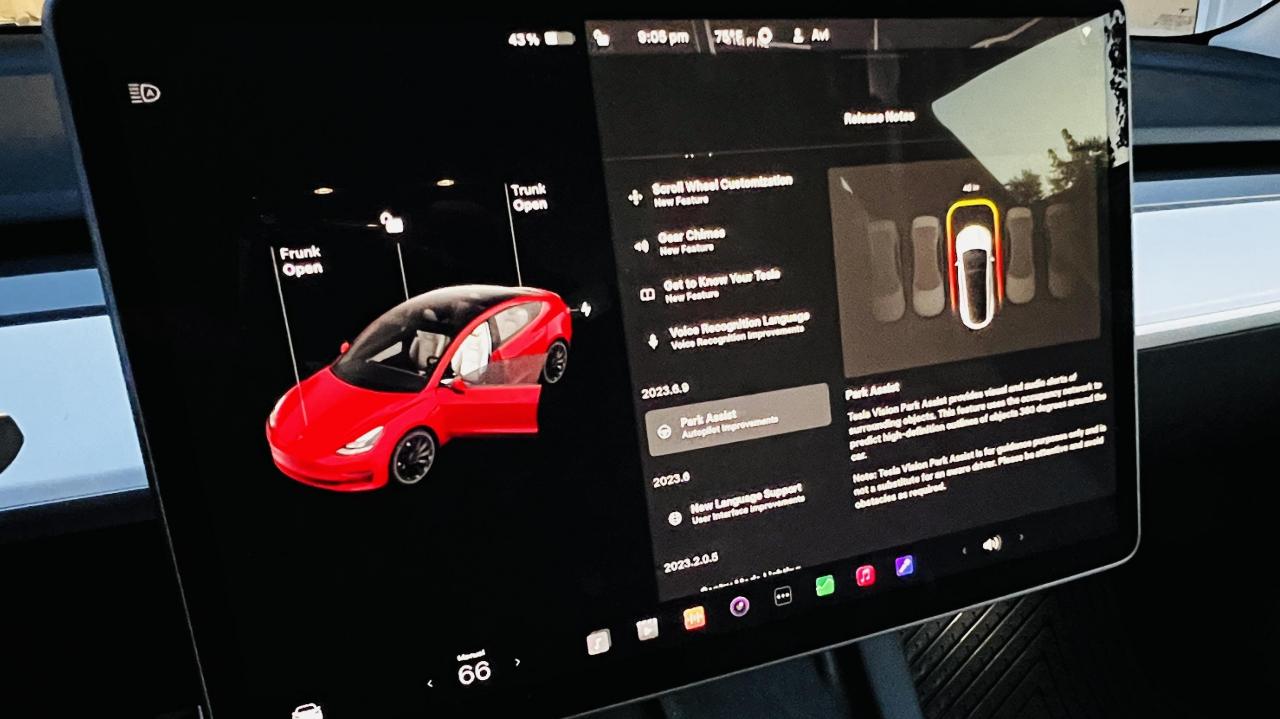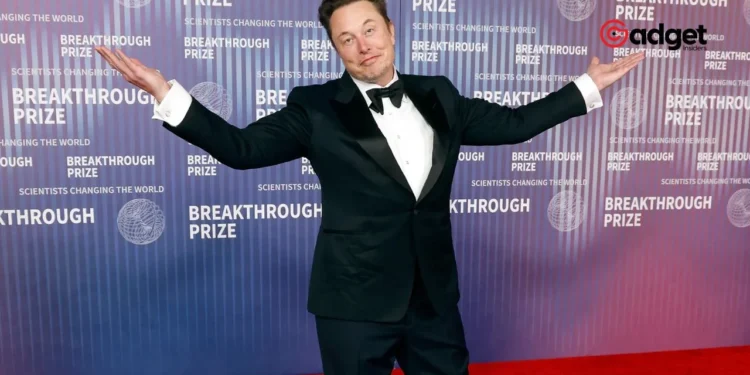Tesla, a name synonymous with innovation and electric vehicles, has been embroiled in a storm of layoffs that has seen waves of employees, including high-ranking executives, depart from the company. The layoff narrative gained a new dimension this week when Rich Otto, the head of product launches, decided to leave Tesla after seven years. His departure wasn’t due to being laid off but stemmed from his decision to resign because of the low morale permeating the company.

The Ripple Effects of Layoffs on Morale and Leadership
Company’s strategy to streamline operations began with a significant reduction of its workforce, announcing in mid-April that more than 10% of its global workforce would be let go. This initial announcement set the stage for a series of team dismantlements, citing various reasons, from the ad team being too generic to dissatisfaction with the performance of key departments. Among those affected was company’s supercharging team, considered one of the most successful within the company, dismantled after its head, Rebecca Tinucci, was perceived as not aligning with CEO Elon Musk’s aggressive cost-cutting measures.
3. Change In Management
Let’s say Tesla had a RECORD earnings. This would cause the stock to go way up.
However, if Elon Musk announced that he was stepping down from Tesla, it would immediately make the stock go way down.
Leadership changes can be good/bad for a stock pic.twitter.com/oLRJJlxAKA
— Matt Allen (@investmattallen) February 1, 2023
The layoff’s scope wasn’t limited to operational teams. It included several workers in software and service areas, despite these being essential for supporting company’s growing fleet of aging vehicles. Such decisions have not only escalated concerns among employees about their future but have also sparked debates about the strategic direction Musk is steering the company towards.
Observers and insiders have noted a pattern in these layoffs: isolating Musk from other C-level executives. Currently, aside from Elon Musk, company’s corporate governance page only lists CFO Vaibhav Taneja, with other previously prominent leaders either demoted or laid off. This isolation raises questions about the decision-making processes and long-term health of the company’s management structure.

The Departure of Rich Otto: A Signal of Deeper Issues
Rich Otto’s departure is particularly telling. His role as the head of product launches placed him at the forefront of company’s most public moments, including the launches of Model S Plaid, Model Y, Cybertruck, and the Cyber Rodeo at Gigafactory Texas. Otto was praised for his effective management of these high-profile events and his earlier contributions to Tesla’s communications team.
In a heartfelt LinkedIn post, Otto expressed his love for the collaborative environment and the people at company but noted the detrimental effects the layoffs had on team morale. He stated, “It’s hard to see the long-game of these decisions,” reflecting a sentiment that great companies need both great people and great products, a balance now disrupted at Tesla.
Comparing Corporate Strategies: Tesla vs. VW
While company continues with its layoffs, other companies like VW have approached restructuring with a different strategy. VW opted for contract buyouts, allowing low-morale or near-retirement employees to leave on good terms, which contrasts sharply with Tesla’s more chaotic approach. This method not only preserves morale but also secures the remaining workforce, avoiding the negative PR that Tesla has faced.

Electrek’s Perspective and the Future of Tesla’s Workforce
The automotive news site Electrek has criticized the nature of Tesla’s layoffs, suggesting that if reducing headcount is Tesla’s current priority, encouraging voluntary departures like Otto’s might ironically aid that goal. However, they argue that a more structured approach to layoffs would likely be more beneficial in the long term.
Tesla’s ongoing management chaos, highlighted by Otto’s departure and continuous team cuts, might prompt a reevaluation of its layoff strategy. Observers suggest that Tesla could potentially learn from companies like VW, which manage reductions without undermining employee morale or public confidence.
Tesla stands at a crossroads, with its layoff strategies drawing as much attention as its innovations. The departure of seasoned veterans like Otto marks a critical moment for the company, calling into question the sustainability of its current management practices and their impact on the very innovation that has defined Tesla’s brand.










